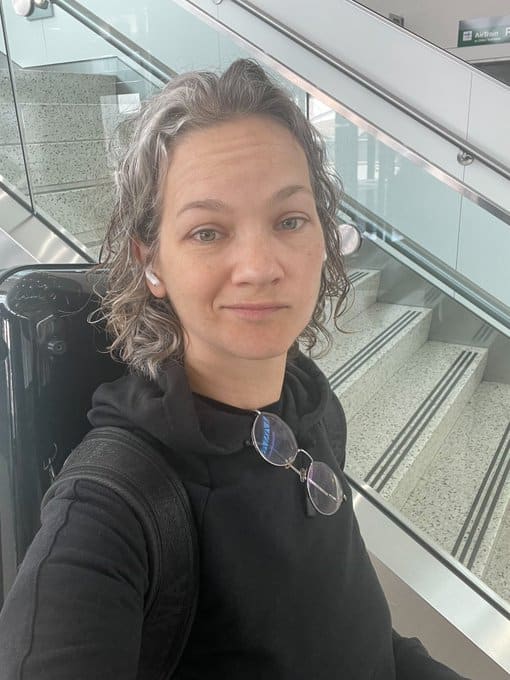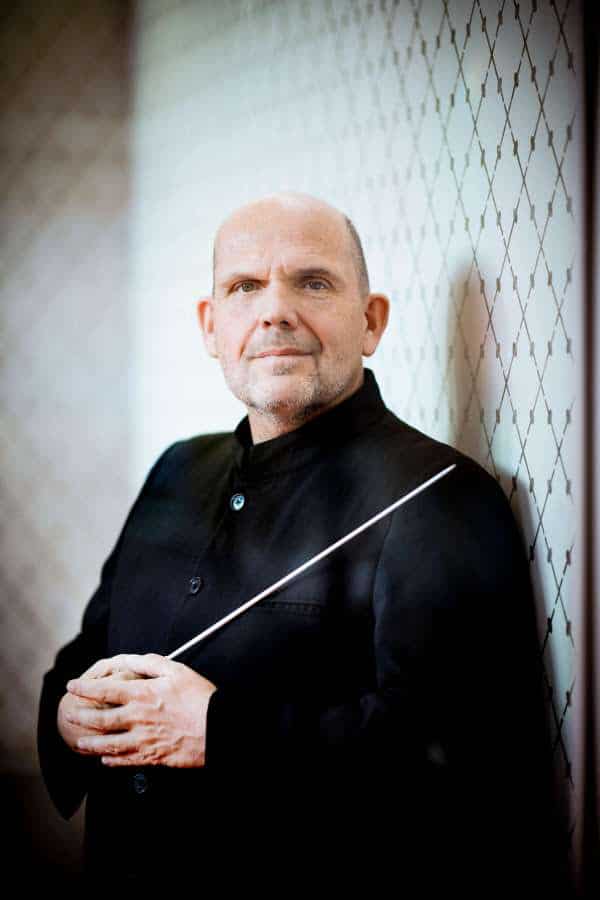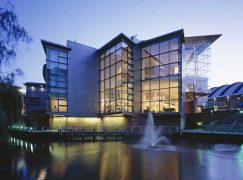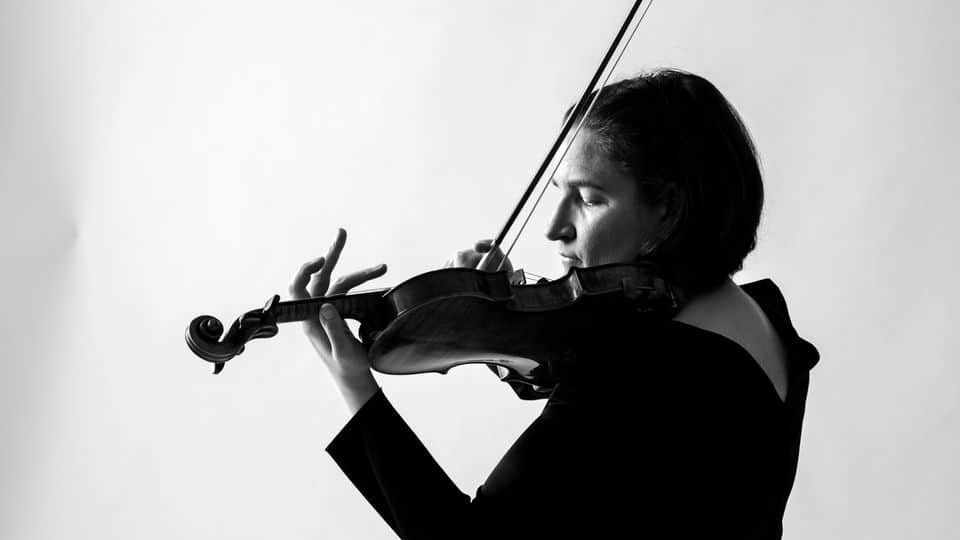Must-watch: I’m in Tosca, get me to the church on time
mainChorus member Pablo B. Strong takes his video camera in to work at English National Opera.
Here’s his latest opus on the general rehearsal, newly posted, beautifully done.
Pablo says: Please share.






Great…. and funny. But what a marvellous music this whole scene, it is one extended cadence V- I, gradually built-up. Inspired by similar passages in Boris Bodunov and Wagner operas.
Sorry for the typo – my cat tried to touch the G but got the B which is just below.
This is not an extended cadence V -1.
The two oscillating bass notes are F – B flat. On and on, bar after bar, representing tolling cathedral bells. Puccini finally reaches the home key – the end of the protracted cadence – at 3:37. The swinging, tolling F – B flat has become louder and so insistent (from 2:56) it’s just got to resolve somehow. At 3:37 it does … into a huge chord of E flat major. The music ends soon after in this key, triumphant.
At last, the home key, the harmonic destination the bells have been dragging the music towards all the time. But we didn’t realise it. Therein lies the power Puccini generates through F – B flat, hypnotically oscillating in the bass while chorus melody lines swirl high above.
In the key of E flat, F – B flat is not V -1. It’s II – V.
Sorry, but F = subdominant of Eb, Bb is the dominant of Eb, and Bb towards Eb makes a V – I. I hear it as a series of II – V – I which is a full cadence. The oscillations F – Bb prepare for the Eb.
II (here: F) often has this subdominant function, and not an independent root.
Love it, well done sir!
Good to see Oleg Caetani back in the pit too at ENO.
I’ve always loved that entire opera, but been so disappointed by the banal V-I final cadence of that scene, especially after those wonderful augmented fourths.
The video was fun too.
Yes the final cadence is V – I. I didn’t think J .Borstlap was referring to this cadence but to the whole lead-up to it. The wonderful “augmented” fourths are just perfect, not augmented (F – B flat). The video is very high-quality and slickly edited.
The “tosca chords” are indeed augmented fourths. They are the ones that immediately follow the final choral utterance.
And I know J.B. was talking about the whole thing being one long sequence of I-V, but that wasn’t what I was referring to.
After the “tosca chords” there’s a banal V- I to close the act.
Thanks for clarifying – we were commenting on different parts of the scene. For a whole stack of V – I, generally regarded as not banal, there’s always the end of Beethoven’s 5th.
It should be a subject for research why some cadences sound trivial and others not, while technically they are entirely the same. Most concluding cadences in Beethoven sound perfectly sane and allright, still now.
Best is to perform Beethoven’s 5th symphony followed by Beethoven’s 1st symphony, to demonstrate his cadential abilities.
I don’t generally find V-I cadences in and of themselves to be banal (my 3rd symphony ends with a glaring perfect cadence into E major).
It is a perfectly personal thing in this particular case. The “tosca chords” are so shocking and “modern” with that movement by augmented 4th, that after hearing those massive chords hammered out three times, it just seems to me a bit anticlimactic to end with a regular V-I. I almost wish he had ended simply with that Bb major chord instead. It would have been such wonderful “suspense” (particularly as the drama of the opera was barely starting).
the “tosca chords” are: Bb – Ab – A natural… most definitely not “perfect 4ths”.
the “banal” cadence I refer to is the final Bb – Eb.
I was thinking of the cadential nature of the entire episode.
But the arrival on Eb is indeed a bit obvious, very effective but Wagner would have given that arrival some melodic/motivic twist, to take away the very obvious.
Yes there’s scope for research on the effect of cadences or even maybe a thread on here. Re Beethoven’s 1st and 5th, you could add the closing of the Finale in the 8th. Frantic hammering of I – V – I for 8 bars just before he nails the final triumphant F major.
Very beautifully done, thanks. Such a powerful Te Deum, the music of which brings back memories of my time in the Scottish Opera chorus when we did Anthony Besch’s production.